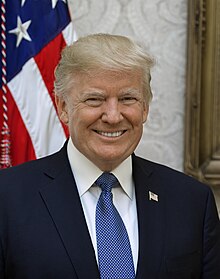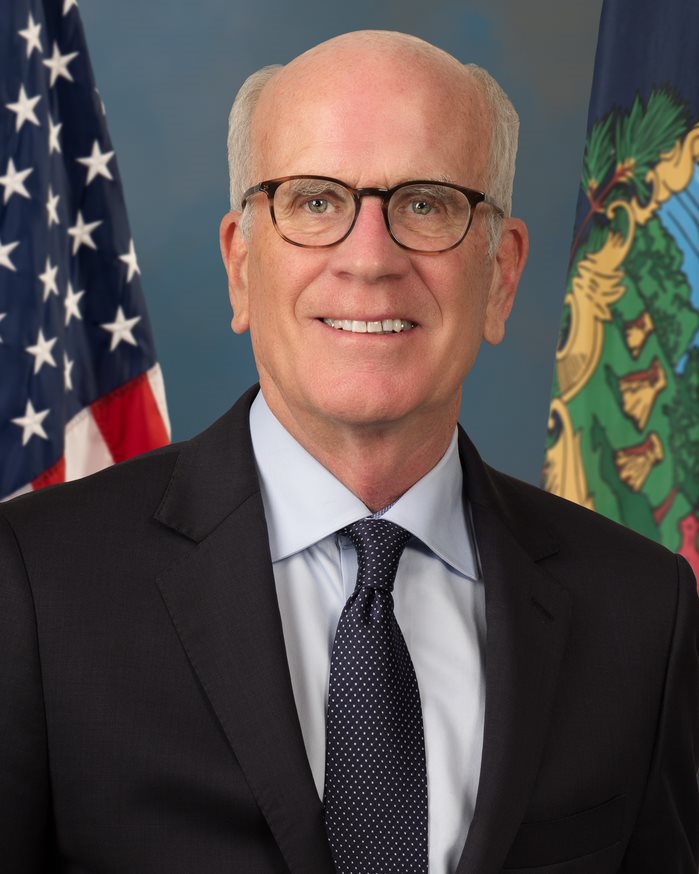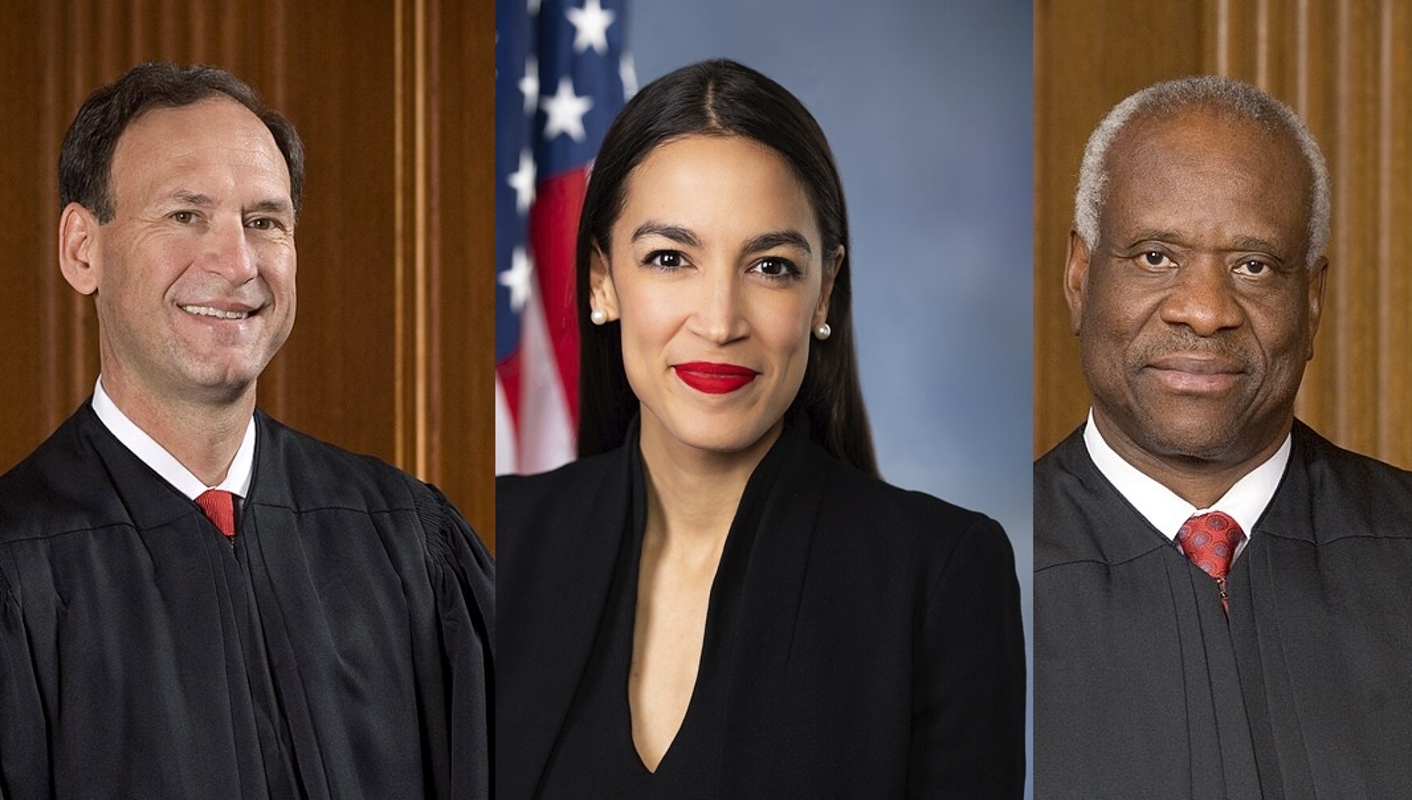
The Child Tax Credit (CTC) has long been a cornerstone of American tax policy aimed at supporting families with children. However, under the Trump administration, there was considerable discussion about reforming various aspects of the tax code, including the CTC. One notable policy idea that garnered attention was the potential capping of the Child Tax Credit to two children per family, similar to a policy implemented in the United Kingdom.
The Child Tax Credit is designed to provide financial relief to families with dependent children. As of 2020, eligible families could receive up to $2,000 per qualifying child under the age of 17, with up to $1,400 of this amount being refundable. This policy aims to alleviate the financial burden on middle and lower-income families, thereby promoting child welfare and economic stability.
In 2017, the UK introduced a policy capping tax credits and Universal Credit to a maximum of two children per family, with certain exceptions. This measure aimed to reduce government spending on welfare and encourage financial responsibility. The policy has been controversial, with critics arguing it disproportionately affects larger families and exacerbates child poverty.
During his tenure, President Donald Trump and his administration floated various proposals to overhaul the tax system. Among these were discussions on modifying the Child Tax Credit. Although no formal policy was enacted to cap the CTC at two children, the idea gained traction in certain political circles.
If the US were to adopt a similar policy to the UK’s, capping the Child Tax Credit to two children per family, several potential impacts could be anticipated:
- Financial Strain on Larger Families: Families with more than two children might face increased financial pressure, potentially leading to higher rates of child poverty and financial insecurity.
- Behavioral Changes: Some proponents argue that such a policy could influence family planning decisions, encouraging smaller family sizes. However, critics contend that this approach may be unrealistic and punitive.
- Government Savings: The primary argument for capping the CTC is fiscal. Limiting the credit to two children could reduce government spending on tax benefits, potentially freeing up resources for other budgetary needs.
- Social and Economic Consequences: The broader social implications of such a policy could be significant, impacting not only family dynamics but also economic inequality and social welfare.
While the idea of capping the Child Tax Credit to two children per family was never fully realized under the Trump administration, it remains a topic of debate in discussions about tax policy and welfare reform. The potential benefits of reduced government spending must be weighed against the social and economic costs to larger families. As policymakers continue to explore ways to optimize tax benefits and welfare programs, the experiences of other countries, like the UK, provide valuable insights into the potential outcomes of such policies.






